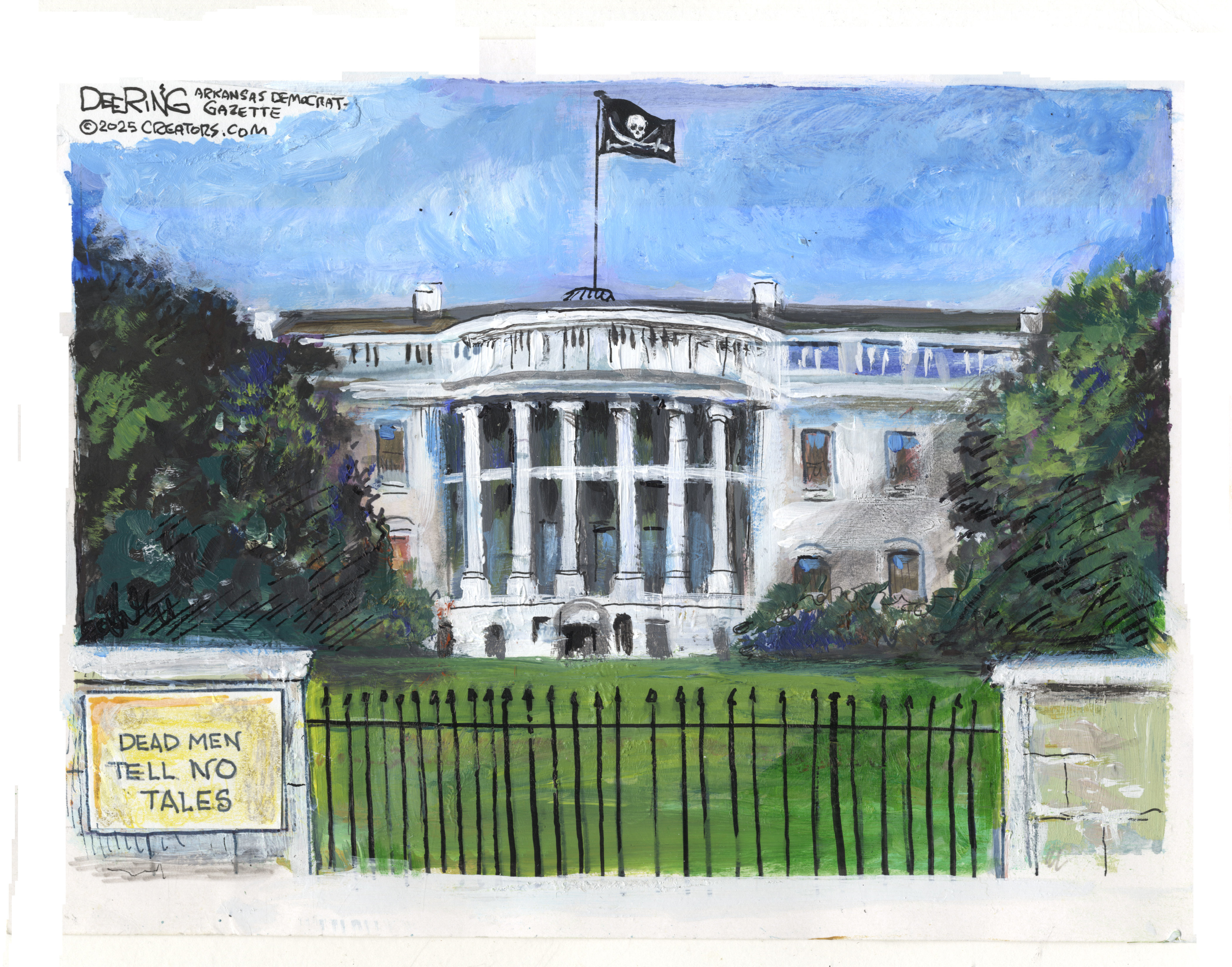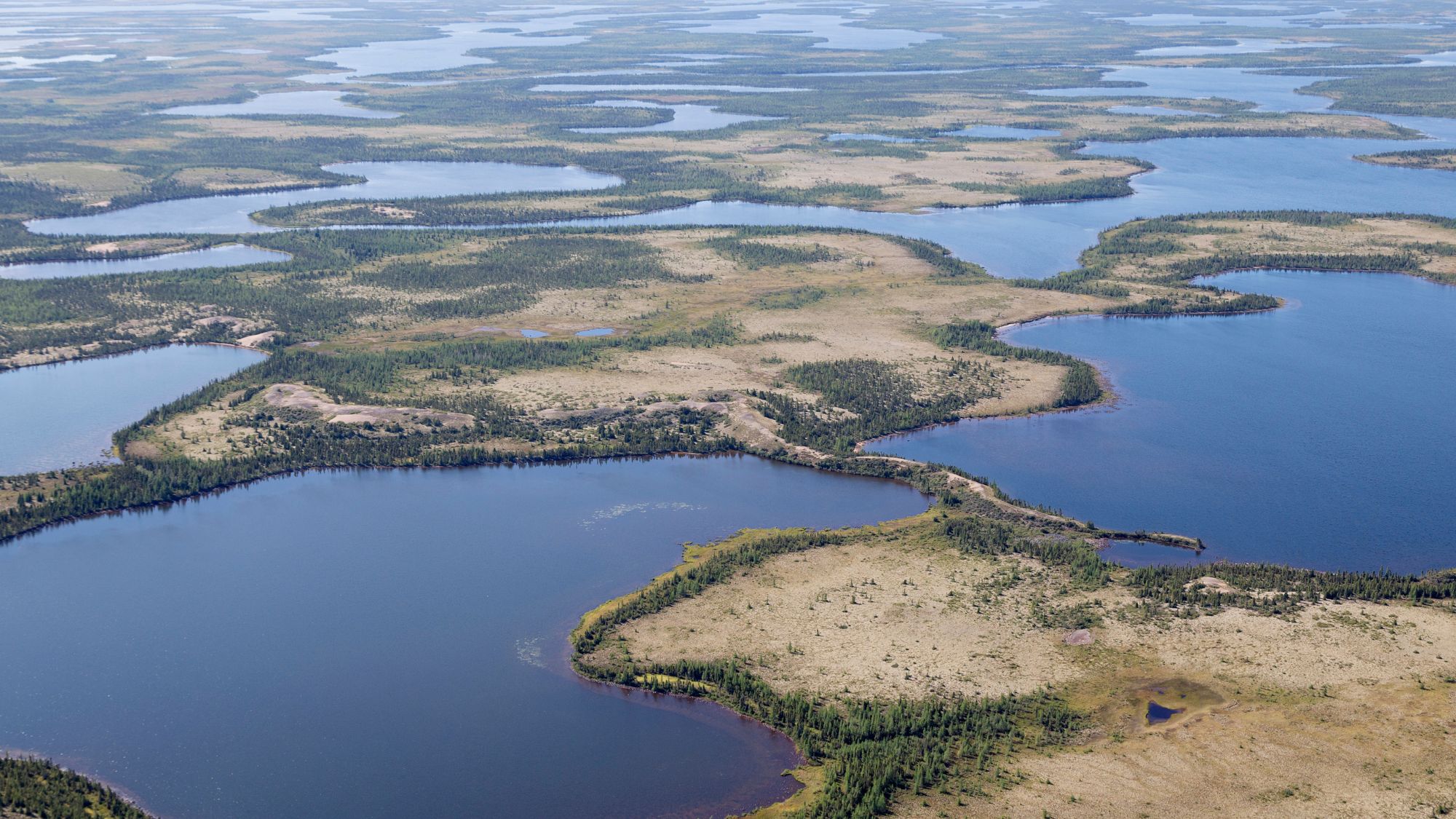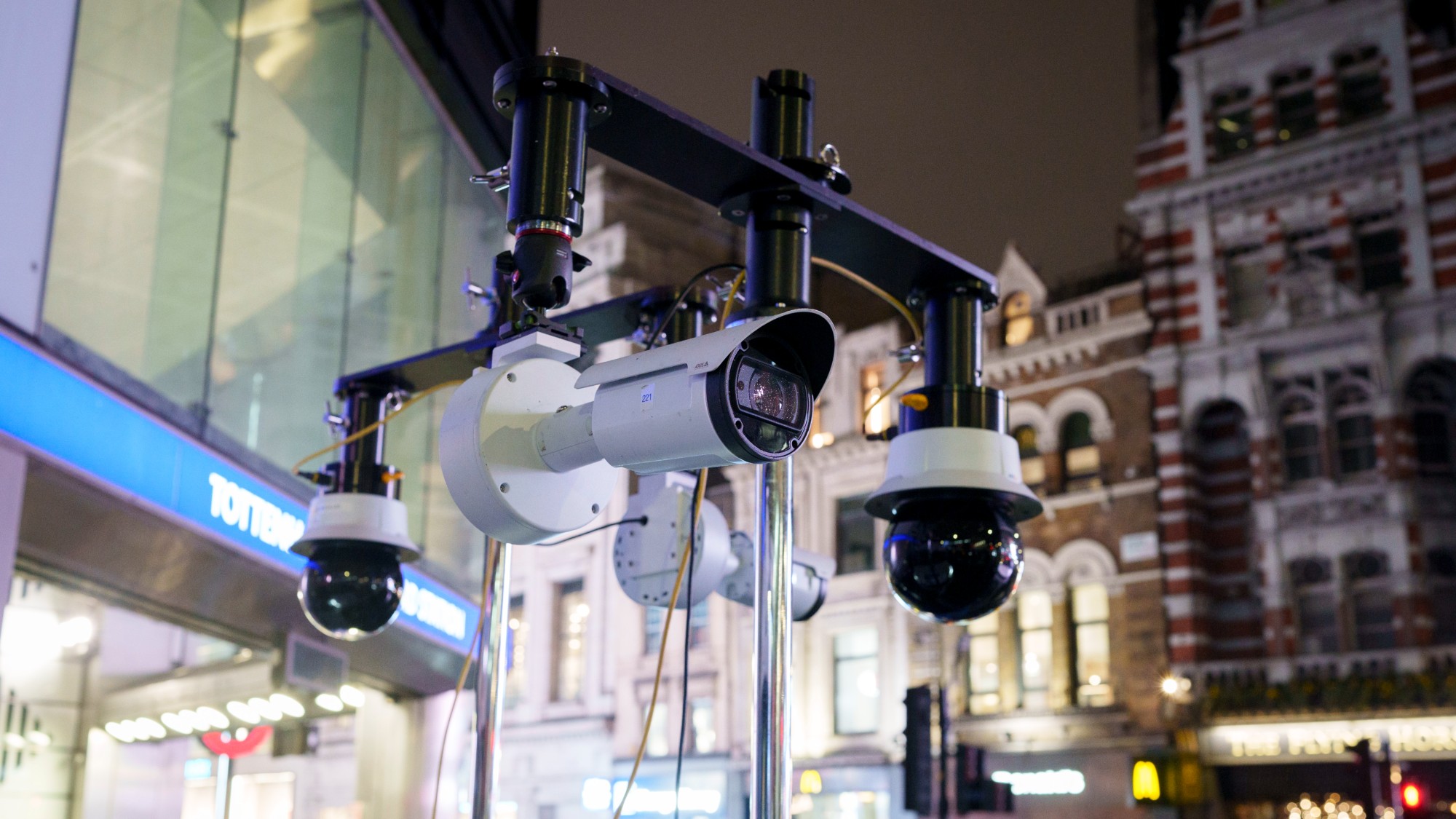This week’s travel dream: Puerto Rico’s glowing waters
Mosquito Bay is one of the world’s last ecosystems where single-cell microscopic organisms create marine bioluminescence.
I’m on the island of Vieques, off Puerto Rico, on a seemingly “far-fetched quest: to swim in a celestial sea,” said Leigh Ann Henion in The Washington Post. My hope is to achieve this in Mosquito Bay, one of the world’s last ecosystems where single-cell microscopic organisms known as dinoflagellates “create halos of light around whatever disturbs their nightly flotation.” The effect is known as marine bioluminescence, and wherever it occurs, it “appears to mirror stars in the night sky.” No other site in the world, however, “hosts the phenomenon with more regularity than the southern coast of Vieques.”
The island makes an unlikely haven for such a rare, naturally occurring miracle. Until 2003, the U.S. Navy used Vieques as a testing site for bombs containing napalm and various other contaminants. But most of the island is now a wildlife refuge, and the specter of its toxic past “has proved no match for 50 undeveloped beaches where—on a busy day—visitors might share a crescent of sand with one or two other intrepid souls.” Tourism is growing, though not so quickly that Vieques has a Wal-Mart yet, or a golf course. In the island’s biggest town, young men still ride horses bareback and roosters run wild.
At night, I board a clear-bottomed canoe with a tour group run by Vieques Adventure Co. (viequesadventures.com). “Almost immediately, the wake alongside our boats is illuminated,” as if “I’m paddling through neon-blue champagne bubbles.” I immerse my hand into the water, and my fingers are “outlined in tiny orbs of light.” The next night, I achieve my dream of swimming in the bioluminescence, a sight whose beauty few photographers have been able to capture without resorting to digital alteration. In a world where so many wonders seem only a mouse-click away, Mosquito Bay “remains a you-had-to-be-there experience.” When I jump into the warm sea, I’m immediately “surrounded by a cloud of liquid electricity.”
The Week
Escape your echo chamber. Get the facts behind the news, plus analysis from multiple perspectives.

Sign up for The Week's Free Newsletters
From our morning news briefing to a weekly Good News Newsletter, get the best of The Week delivered directly to your inbox.
From our morning news briefing to a weekly Good News Newsletter, get the best of The Week delivered directly to your inbox.
At the Hix Island House (hixislandhouse.com), doubles start at $135.
A free daily email with the biggest news stories of the day – and the best features from TheWeek.com
-
 Political cartoons for December 14
Political cartoons for December 14Cartoons Sunday's political cartoons include a new White House flag, Venezuela negotiations, and more
-
 Heavenly spectacle in the wilds of Canada
Heavenly spectacle in the wilds of CanadaThe Week Recommends ‘Mind-bending’ outpost for spotting animals – and the northern lights
-
 Facial recognition: a revolution in policing
Facial recognition: a revolution in policingTalking Point All 43 police forces in England and Wales are set to be granted access, with those against calling for increasing safeguards on the technology